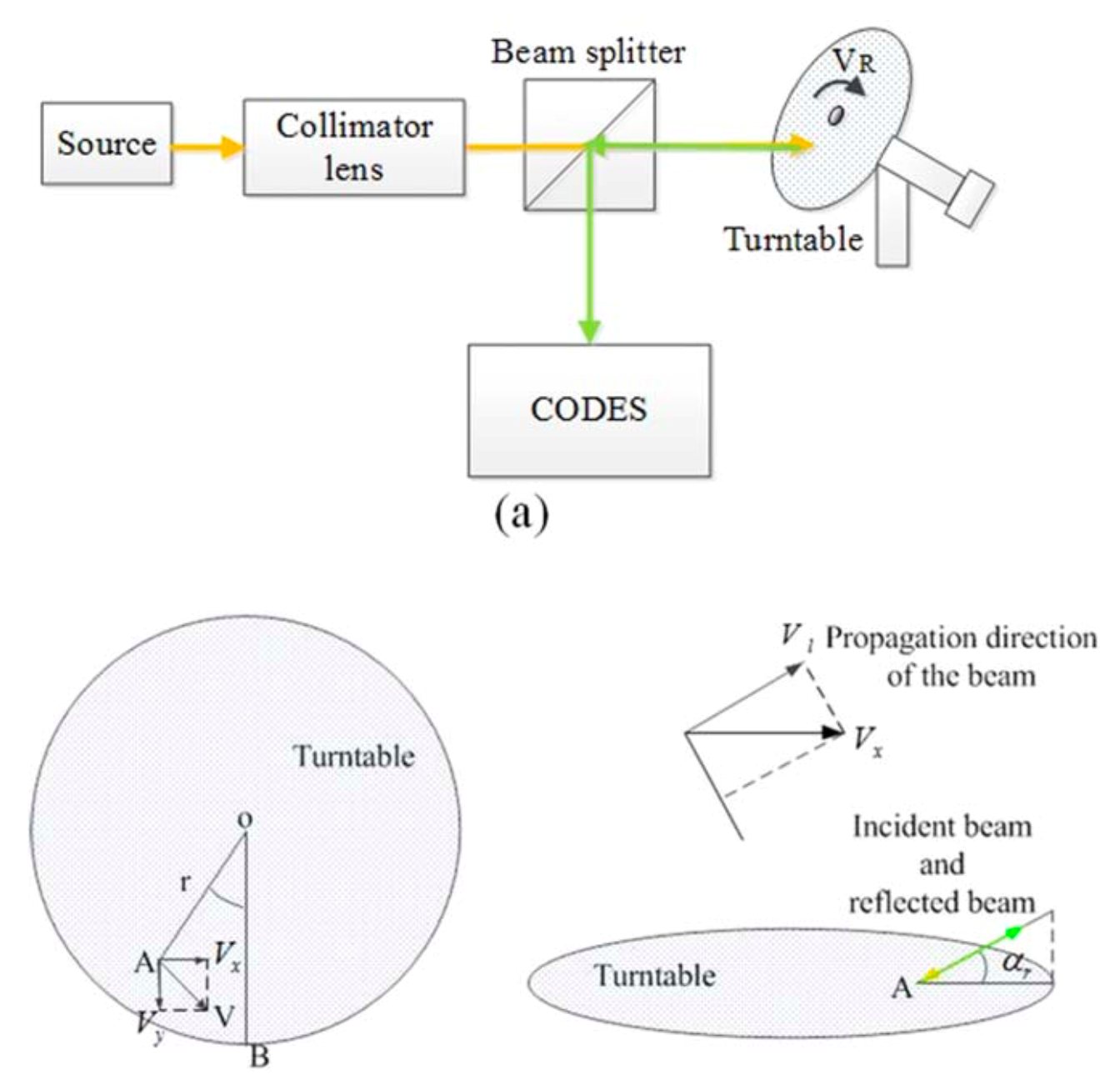A coherent-dispersion spectrometer (CODES) system using the radial velocity (RV) method for exoplanet searches is established in this paper by a research team led by Prof. Dr. HU Bingliang from Xi'an Institute of Optics and Precision Mechanics (XIOPM) of the Chinese Academy of Sciences (CAS). This spectrometer utilizes a new Sagnac interferometer with common-path and asymmetric designs.
Compared with the traditional Michelson interferometer-based spectrometer for exoplanet detection, these designs markedly improve the stability of the optical path difference (OPD) to positional changes in optical elements or air density changes, reducing the need for active cavity stabilization.
 The schematic diagram of the Doppler shift experiment. (Image by XIOPM)
The schematic diagram of the Doppler shift experiment. (Image by XIOPM)
Furthermore, the asymmetric Sagnac design allows convenient separation of the two complementary outputs. In order to verify the feasibility of the CODES, an optical Doppler shift experiment is constructed in the laboratory.
The RV signal was extracted by the phase shifts of the interference fringes produced by the spectrometer.
The experimental results show that the obtained retrieved RV is 76.7ms-1, with an absolute error of 0.3 m s-1compared to simulated values. And the root mean square error (RMSE) and the standard deviation (STD) are 21.3 m s-1 and 21.4 m s-1, respectively. Error analyses show that the OPD change caused by the temperature variation is the main factor for the RMSE and STD.
(Original research article “Publications of the Astronomical Society of the Pacific” (2020) https://doi.org/10.1088/1538-3873/ab503a)


